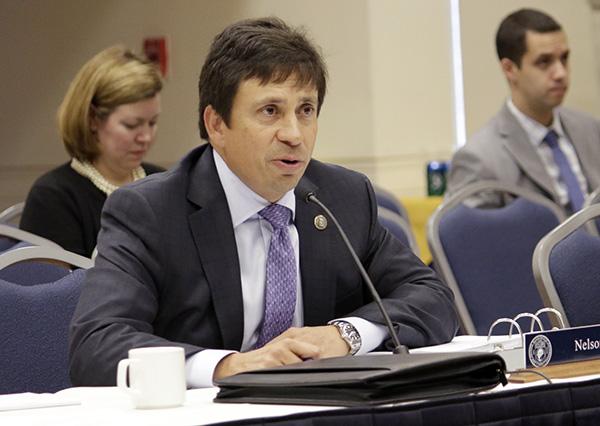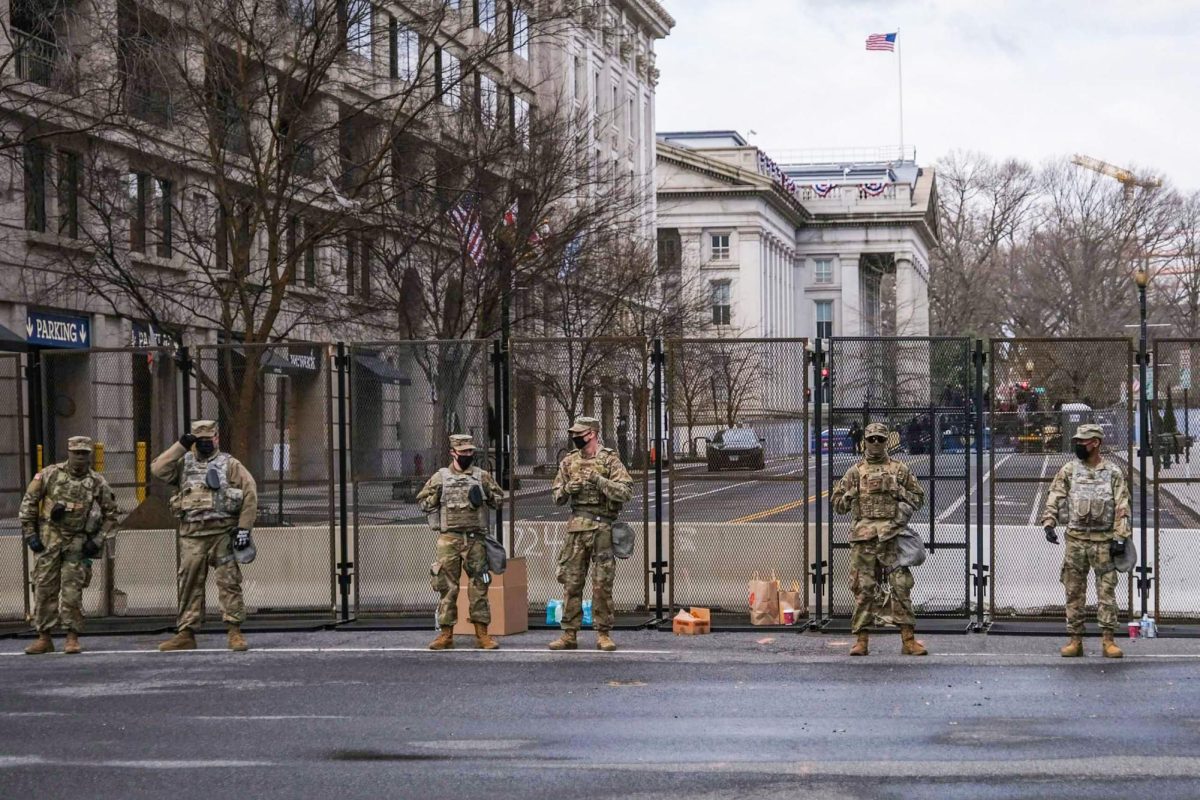The University has $400 million left to raise in its largest-ever campaign, just three months after the effort publicly launched.
GW has brought in $605 million since starting to build up the campaign three years ago, making it “substantially more than halfway to its goal,” University President Steven Knapp announced at Friday’s Board of Trustees meeting. That means officials have pulled in $80 million since the campaign’s kickoff in June.
“We still have a long period of time ahead of us, but we’re not going to slow down as a result of that,” Knapp said in an interview after the meeting. “It would be great to finish ahead of time or to raise more than the goal. We have to see what happens.”
Experts say bringing in more than $600 million with four years left in the campaign may cause officials to shift their focus to growing GW’s historically small alumni donor base.
A school will typically pull in about two-thirds of its goal before going public with a campaign, and the majority of schools also exceed their goals, according to the Council for Advancement and Support of Education.
After building momentum with large gifts at the start of a campaign, donations the rest of the way are typically smaller, said David King, the president and chief executive officer of the fundraising firm Alexander-Haas. That shift may mean more work for fundraisers, who will need to reach out to more donors while money “accumulates slowly,” he said.
“The work is so much harder because there are so many more gifts to be secured. It takes just as much work to get a $10,000 gift as it does a $100,000 gift, but you have many more prospects who can do that. The volume of work increases a great deal,” King said.
[RLBox]
[RL articlelink=”https://www.gwhatchet.com/2014/09/15/alumni-weekend-where-the-gifts-just-begin/”]
[RL articlelink=”https://www.gwhatchet.com/2014/10/13/fundraising-chief-steps-down-leaves-legacy-and-1-billion-campaign-behind/”]
[/RLBox]
In what could be a new chapter for the campaign, bringing in more small or medium-sized donations would let officials focus on expanding GW’s donor base – which grew 15 percent last year.
The newly announced total also comes about one week after Mike Morsberger, GW’s vice president for development and alumni relations, announced he will step down at the end of this month. Morsberger spent four and a half years building the campaign from the ground up – expanding the fundraising office by 30 percent and creating a plan to reach the University’s eye-popping goal.
The foundation that Morsberger put in place will help ensure the campaign’s success, even as fundraisers start looking to new donors for gifts, said Mitch Blaser, chair of the GW School of Business’ Board of Advisors.
“The team isn’t going to stop playing cause the coach had to go somewhere else or was replaced,” Blaser said. “There’s plenty of momentum to carry through.”
To continue building excitement, Knapp will travel to New York this week to meet with donors and alumni and kick off the campaign for a second time in the city with GW’s largest alumni population outside of the D.C. area.
The campaign has already helped bring in the University’s largest-ever gift: Billionaire philanthropists Michael Milken and Sumner Redstone gave GW a combined $80 million gift last spring, which renamed the public health school.
Other major buildings on campus also need naming gifts – including the business school, the GW Law School and the soon-to-be completed $275 million Science and Engineering Hall.
Deep-pocketed donors may still come on board as the campaign continues and they see its success, Nilsen said.
“You may get higher-level donors who are maybe not quite ready now. Hopefully seeing the momentum from gifts already given will make them be more willing to give,” Nilsen said. “You’re not in the crunch time, but it will slow down a little bit. This is where the planning tends to pay off.”
The announcement of the new total also came after two multi-million dollar gifts from sitting trustees.
Terry Collins and his wife pledged $2.5 million to fund an endowed scholarship for first-generation college students and an endowed professorship in the School of Engineering and Applied Science.
Collins said his gift, and other donations from trustees, could convince potential donors to support GW, too.
“I do believe that it sets a standard and says ‘OK, people want to invest.’ You want to give what you can give to help and improve the opportunities for students,” Collins said.
Avram “Ave” Tucker pledged $2 million for the athletics department, the business school and the law school last week. His gift will support faculty research in the business school and the law school’s endowed fund for the government contracts associate dean. GW renamed the baseball field at Barcroft Park in his honor.
Board of Trustees Chair Nelson Carbonell said gifts from trustees are “critical to the success of the campaign.” Carbonell and his wife gave $2.5 million to start an autism institute at the University last spring, and they have also given more than $150,000 in matching gifts as part of the Senior Class Gift campaign since 2010.
As the face of GW’s Board, Carbonell has become a defacto fundraiser.
“When I sit with a potential donor, the fact that I’ve given and many of our trustees have given, it’s not lost on them that the people who have really inside information, the people who really know what’s going on, are ready to support that,” Carbonell said after Friday’s meeting.
The University received its largest-ever gift from a sitting trustee last spring, when Mark Shenkman gave $5 million to the business school and career services. GW renamed Ivory Tower as Shenkman Hall in his honor. This fall, Shenkman also donated a statue of George Washington worth about $50,000.
“We ask people if you’re going serve on this board, that GW has to be one of your philanthropic priorities, like No. 1 or No. 2, and I think the Board has stepped up in that way,” Carbonell said.
Chloe Sorvino contributed reporting.







